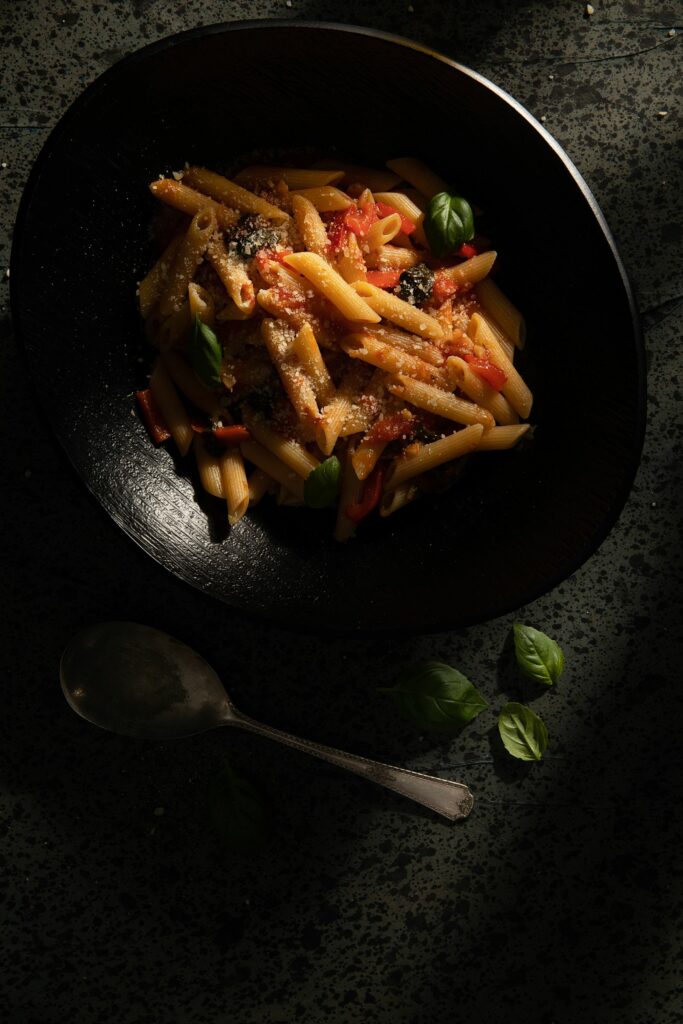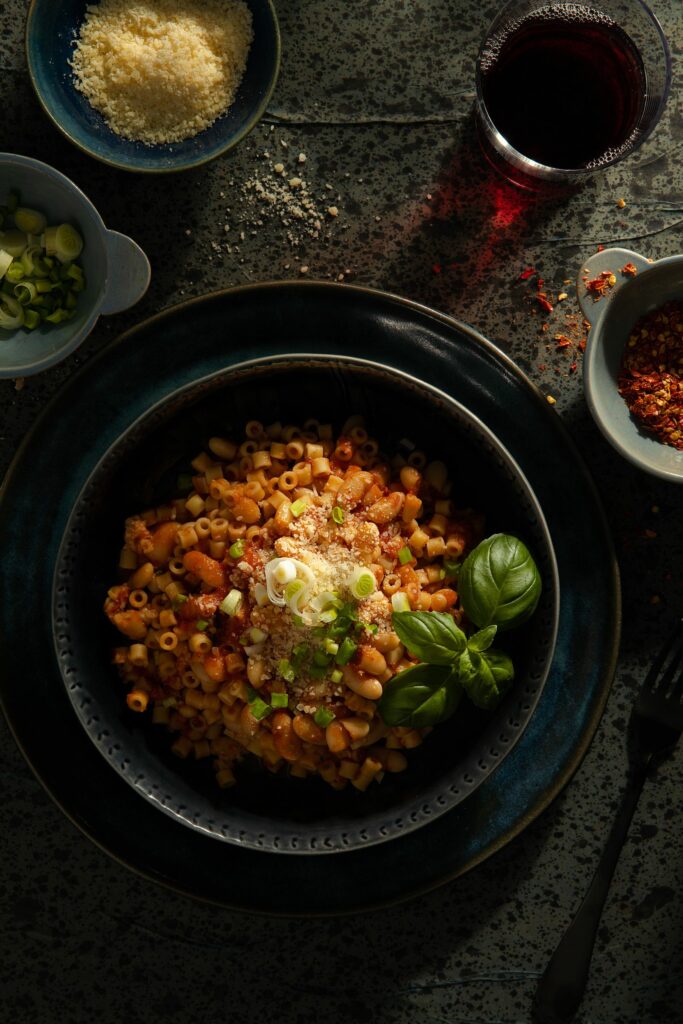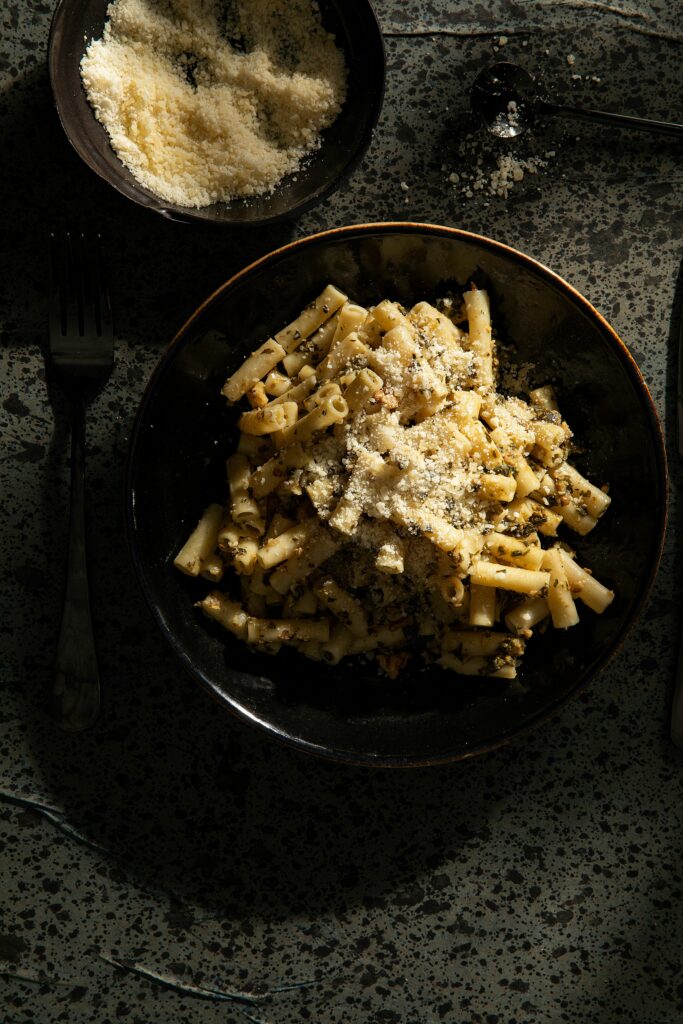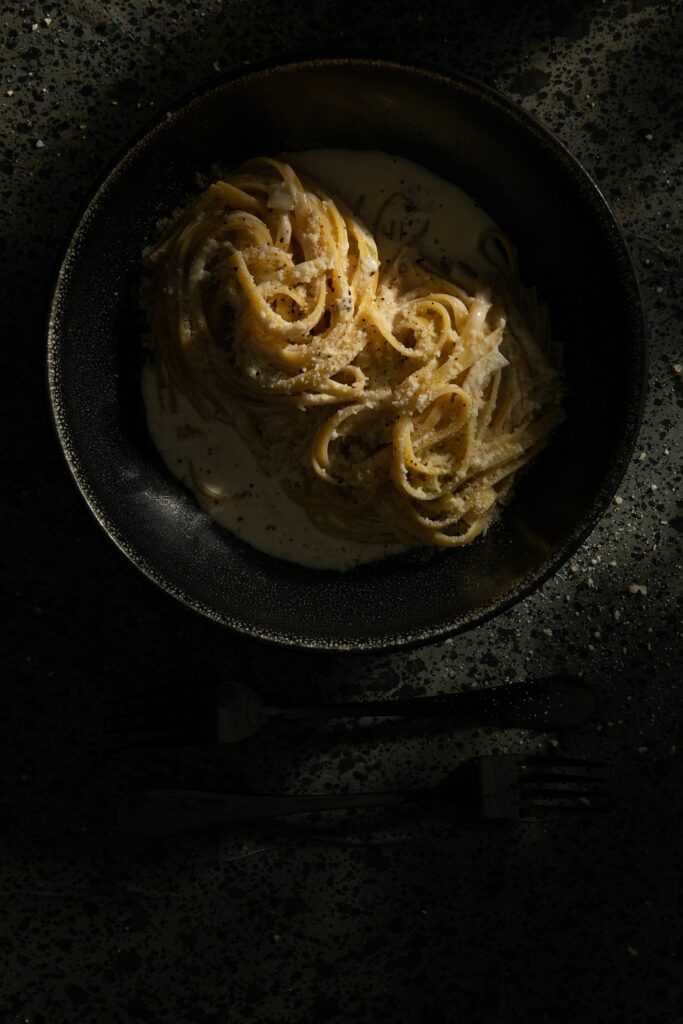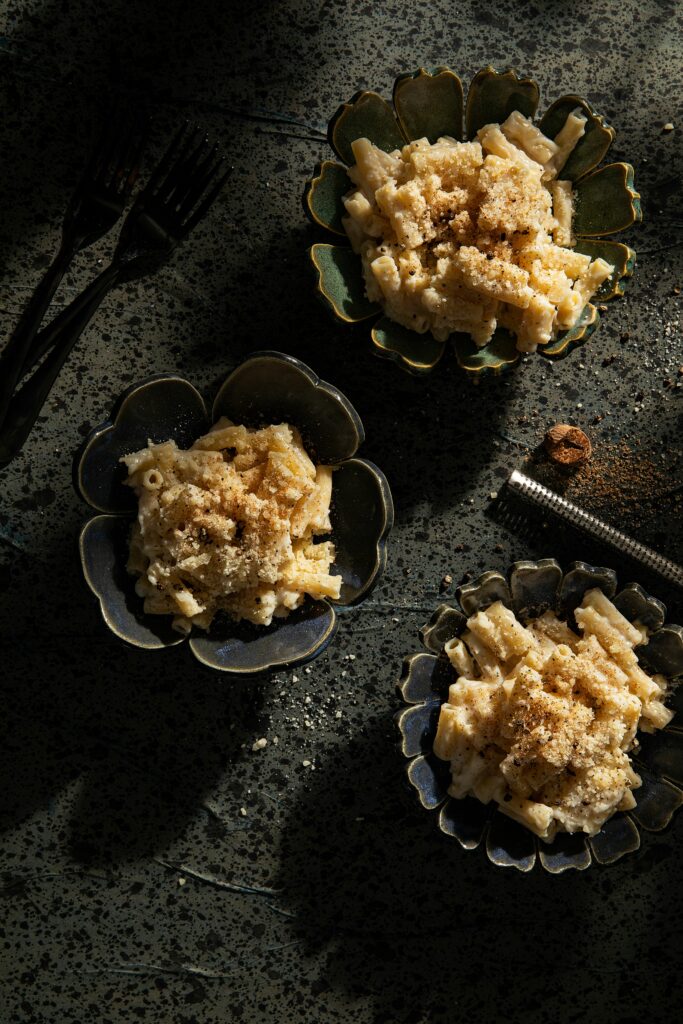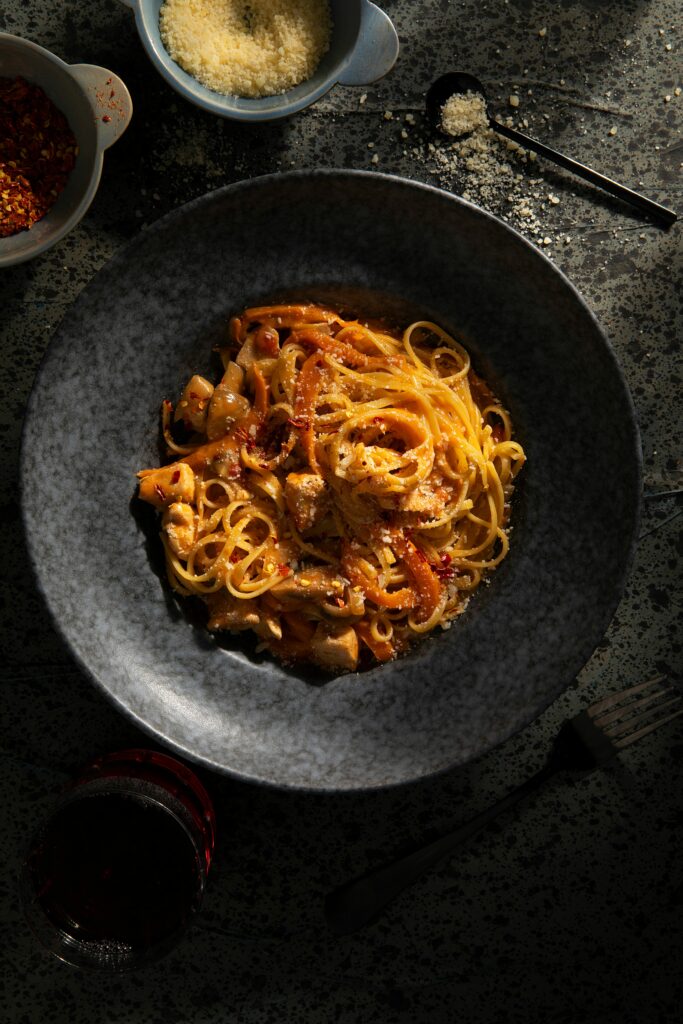Victoria Sande instills a love of Italian food in the next generations of her family … and, thanks to the recipes included here, in all TABLE readers. Grazie, Victoria!
Parla come mangi, a well-known Italian saying meaning “speak as you eat,” suggests that people express themselves verbally with a simplicity that reflects Italian cooking.
Homemade Italian Recipes by Victoria Sande
Hugo’s Favorite Marinara Sauce
Italian cooking is simple for Victoria Sande of Saxonburg, PA. She can’t believe anyone is intimidated by the thought of making homemade pasta; for her, pasta is like fast food.
Victoria’s daughter, Alice Barnett, has not so much learned but absorbed her mother’s recipes, for although Victoria treasures a decades-old, handwritten family cookbook, she never consults it. “I cook with a little bit of this, a little bit of that,” Victoria says. “I never follow recipes.”
Pasta Fagioli
Alice’s young sons’ romance with the food that fueled their ancestors already has begun. Chad, 3 ½, and Gabriel, 1, love Nonna’s pasta sauces, as well as her milanesa, beef or veal breaded and fried in butter. It won’t be long before the boys are helping hang homemade pasta to dry on racks, one of their mother’s earliest memories.
Creamy Pesto Sauce
Victoria’s family roots are in Maierato, Italy, but she was born to immigrant parents in Montevideo, Uruguay. Forty-four percent of Uruguay’s 3 ½ million citizens descend from Italians who escaped politics and poverty during the diaspora that took place between 1820 and World War I, giving Uruguay one of the world’s highest Italian populations. Like many of her compatriots, Victoria’s native language was Spanish, but at home her family spoke and ate only Italian.
Fettucine Alfredo
Victoria learned English when she and her husband, Roberto, came to America as newlyweds. “We thought it would be exciting,” she says, her gentle accent reflecting her multicultural heritage. Alice and her brother, Eduardo, were born in the United States not far from Squirrel Hill, Pittsburgh, where Alice and her husband, Chad, are raising their family.
Like many close Italian families, members of the Sande gang, including Eduardo’s wife, Susan, and their daughter, Elliana, 8, rarely miss Sunday “late lunch.” The women in the family enjoy cooking together and catching up. Susan, who is not Italian, earns praise for her contributions, perhaps proving Italian cooking really is not too difficult to master.
Sausage Sauce
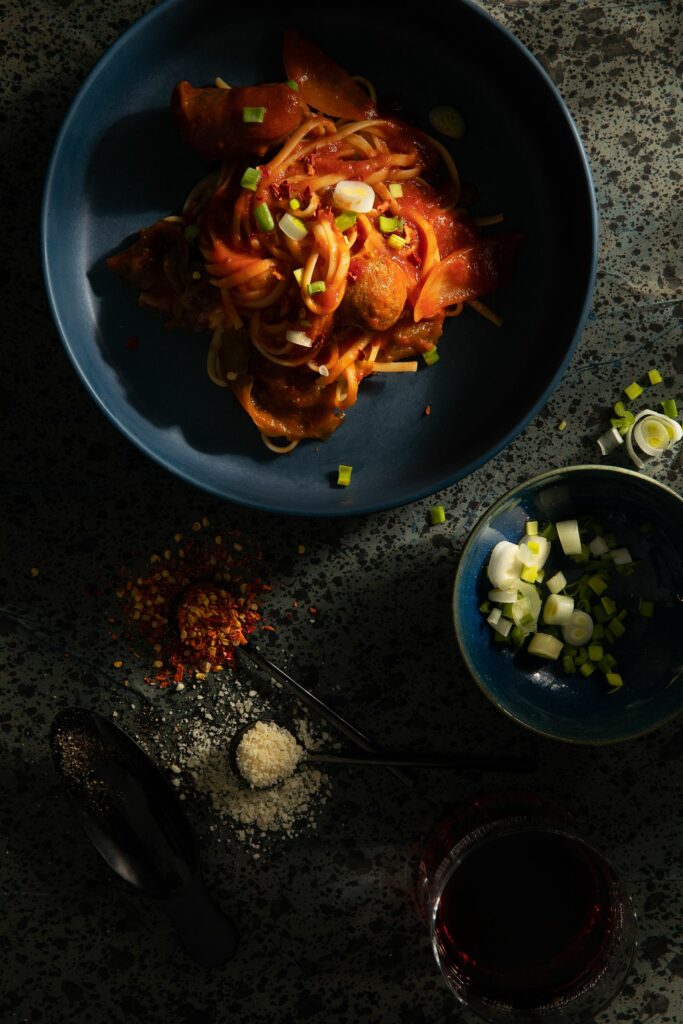
On Sunday, the appetizers might be Uruguayan cold pizza or bunuelos—deep-fried mounds of buttery dough filled with fresh basil and zucchini flowers. Milanese beef or veal is the main course. But Victoria’s signature pasta—tagliatelle with red sauce chock-full of meatballs and chunks of chuck roast simmered with the bone—comes first.
Making pasta from scratch is not only easy but economical, Alice says. Once, the family had a traumatic experience ordering a $28 Fettuccine Alfredo at Disney World. “Never again. I’m making my own,” declared Victoria, shocked at the price. Her “own” turned out to be a recipe shared by a former chef at Pittsburgh’s William Penn Hotel, where Roberto had worked as a waiter. It’s a perfect example of how traditional Italian recipes have thrived even as they have evolved in new eras and places.
White Sauce
Victoria concedes that some—but not all—of her sauces pair well with dry, store-bought pasta. Still, she champions the traditional approach. “No one in my generation makes anything anymore,” she bemoans, recalling a recent trip to Uruguay where nary a homemade noodle appeared. And, she adds, “There’s no homemade bread in Italy.”
Spicy Chicken Sauce
Alice is proud of Victoria, who has shared beloved Italian recipes with several generations and countries. “My mom’s the star,” she says. “She’s sometimes at a loss for words, but she’s never at a loss for recipes.”
Story by Susan Fleming Morgans
Styling by Anna Franklin
Photography by Dave Bryce
Subscribe to TABLE Magazine‘s print edition.
